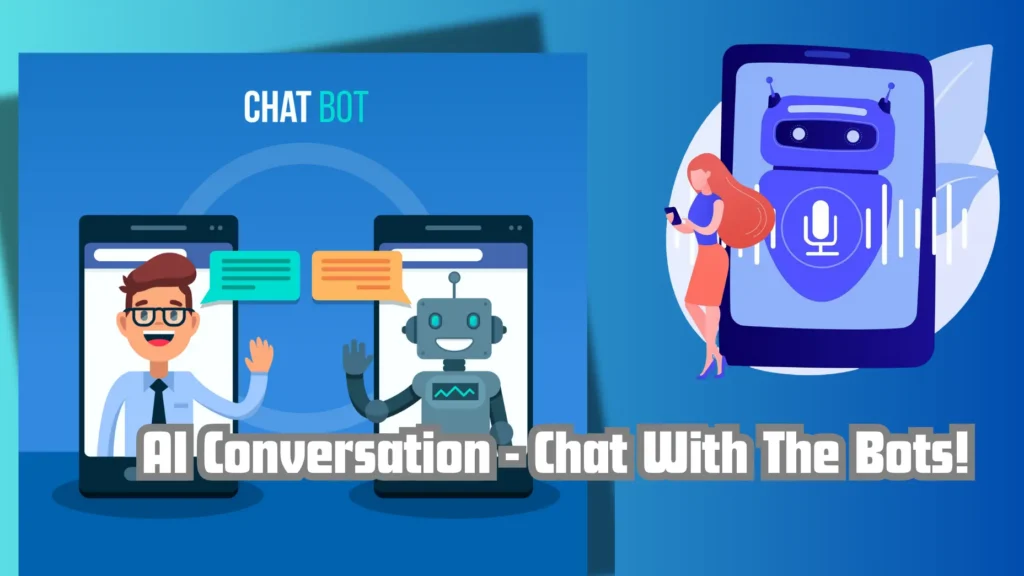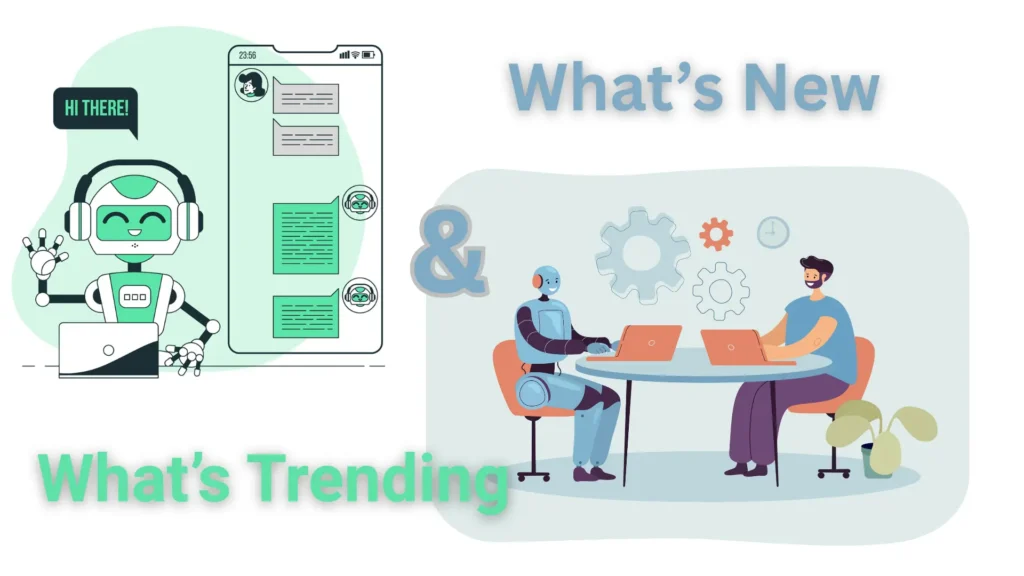AI conversation is transforming the way humans interact with machines. No longer confined to robotic replies or scripted flows, AI-powered chatbots today offer dynamic, natural-sounding, and emotionally intelligent communication. Businesses, educators, developers, and even individuals are now turning to these AI systems to manage conversations more efficiently and with greater empathy.
From handling customer service queries and guiding users through purchases to offering emotional support and building long-term user relationships, AI chat technology is revolutionizing digital engagement. These conversations now reflect not just understanding but also context, sentiment, and personalization, making users feel genuinely heard.
What AI Conversation Does
AI conversation refers to the use of artificial intelligence—primarily large language models like GPT-4, Claude, and others—to create more natural, meaningful, and helpful dialogue. These AI chatbots go beyond simple yes/no answers or keyword recognition. They’re capable of holding multi-turn conversations, remembering previous inputs, and tailoring responses to each individual’s tone, needs, or preferences.
Here’s what modern AI conversation systems can do:
- Understand the user’s intent and adjust accordingly
- Retain previous context for continuity
- Generate original, human-like responses
- Adapt language style to fit mood or sentiment
- Engage across platforms (web, mobile, voice)
- Learn over time to improve performance
These capabilities ensure that each conversation is dynamic and feels authentic, bridging the gap between human and machine.

Top Features of AI Conversation
Contextual Memory
Modern AI bots can remember earlier parts of the conversation and apply that memory to generate more coherent responses. Whether it’s remembering a user’s name or prior queries, contextual memory allows the chatbot to deliver conversations that flow naturally, rather than starting fresh each time.
Sentiment Awareness
AI systems are now trained to detect emotion through word choice, punctuation, and phrasing. For example, if a customer expresses frustration, the bot can switch to a calmer, more apologetic tone and try to solve the issue more empathetically.
Multimodal Communication
AI conversation isn’t limited to text. Many platforms now support voice interaction, image processing, and even video responses. Whether on a mobile app, website, or smart speaker, users can experience AI interaction in whichever format is most convenient.
Real-Time Personalization
By analyzing input in real time, AI bots can offer personalized suggestions—such as product recommendations, learning paths, or emotional support options—based on the user’s profile and behavior.
Advanced Analytics
These bots collect and process vast amounts of data during every interaction. This helps businesses track customer behavior, identify trends, and improve service delivery through insights that are automatically generated.
How to Use AI Conversation
AI conversation can be deployed across industries and platforms. Here’s a basic guide on how to implement it:
- Define Your Goal
Decide whether your chatbot will handle sales, support, HR, education, or companionship. - Choose the Right AI Model
GPT-4 is known for general versatility, Claude for ethical and safe replies, and Replika for emotionally supportive conversations. - Train with Custom Data
Feed the AI with your business knowledge, frequently asked questions, tone guidelines, and expected behavior patterns. - Deploy Across Channels
Integrate the chatbot on websites, mobile apps, messaging platforms, or even smart devices. - Monitor and Optimize
Use built-in analytics to track performance, user satisfaction, and engagement rates, then refine the bot over time.
What’s New & Trending
AI conversation is evolving rapidly. Here are the latest developments you should know:
- Long-Term Memory
Platforms like ChatGPT, Gemini, and Meta AI are introducing persistent memory features that allow bots to remember users across sessions, improving personalization dramatically. - Multimodal Inputs
New capabilities allow AI bots to process images, documents, and voice simultaneously, enabling richer and more intuitive conversations. - Voice-First AI Chat
With real-time speech recognition and response generation, voice-based AI conversations are becoming nearly indistinguishable from talking to a human. - Emotional Companionship
Bots like Replika are now designed to provide companionship, offering affirmations, emotional check-ins, and even daily conversations to support mental wellness.

Comparison: ChatGPT vs Claude vs Replika
| Platform | Strengths | Limitations |
| ChatGPT (GPT-4) | Highly responsive, general knowledge, multimodal | May generate incorrect or overly confident answers |
| Claude | Strong ethical filters, deep contextual understanding | Slower, more cautious in generating content |
| Replika | Emotionally supportive, designed for companionship | Risk of emotional dependency, less factual accuracy |
Pros and Cons
Pros
- Available 24/7 without breaks
- Fast and scalable for businesses
- Can reduce human workload significantly
- Feels personalized and emotionally aware
- Enhances user satisfaction and engagement
Cons
- Can generate inaccurate information (hallucinations)
- May require fine-tuning to match business tone
- Privacy concerns with memory and emotional AI
- Over-reliance can lead to reduced human touch in service
Frequently Asked Questions
Q1: Can AI chatbots replace human agents?
They’re great for routine tasks, but for emotionally sensitive or complex situations, human agents are still essential.
Q2: Is AI conversation safe and private?
Yes, if developed with data encryption, privacy policies, and user controls. Opt-in memory is becoming a standard.
Q3: How accurate are AI chatbot replies?
They’re highly accurate when well-trained and monitored, though occasional errors (hallucinations) still happen.
Q4: Can I use AI chatbots for emotional support?
Yes—companionship bots like Replika are designed to engage with empathy, though they’re not a replacement for professional care.
Conclusion
AI conversation is no longer the future—it’s here, and it’s transforming how we connect online. With smart responses, emotional intelligence, and deep learning capabilities, AI chatbots offer experiences that are fast, efficient, and human-like. Whether you run a business, manage an online platform, or simply want a digital companion, AI chat can help you create deeper, more meaningful interactions.
As long as it’s used ethically, responsibly, and with the right human oversight, AI conversation will continue to redefine the way we communicate in the digital world.
